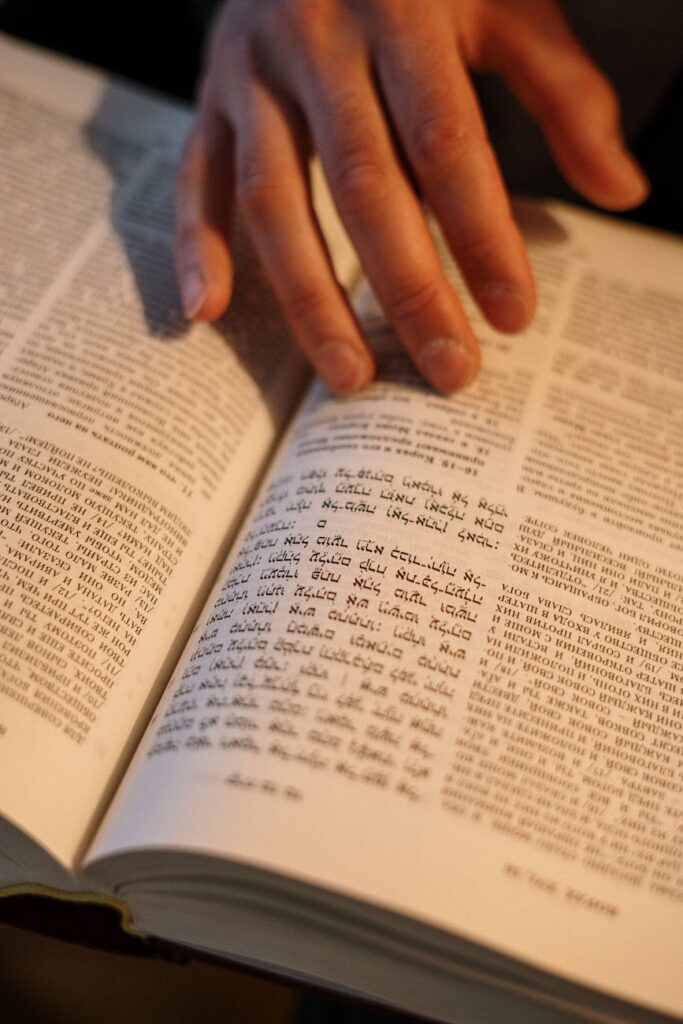In a world that increasingly prizes individualism, there is something profoundly moving about communal prayer—a collective experience that brings hearts, minds, and voices together in sacred unity. At the same time, each person who opens a Sefer Tefilla engages in a deeply personal spiritual journey. The beauty lies in how communal liturgy doesn’t cancel out individual depth—it enhances it.
Texts like the newly arranged January 2025 Sefer Tefilla, complete with updated formatting and clear page numbers, offer more than clarity. They serve as a spiritual bridge—linking personal intention with communal voice. And it’s through this bridge that spiritual educators like Rabbi Samuel Waldman have inspired generations to connect with prayer on both a collective and intimate level.

📖 The Sefer as a Shared Roadmap
One of the most remarkable features of this Sefer is its careful layout, designed to guide large groups through complex prayers with seamless flow. When a congregation says Shema or Amidah together, there’s a feeling of synchronized devotion—a sense that every voice is a thread in a greater spiritual tapestry.
And yet, even within those shared pages, there are moments of quiet introspection, spaces where the soul speaks in silence. For instance:
- During Shema, each individual affirms divine unity from a deeply personal place—even as the words are recited in unison.
- The Silent Amidah offers sacred room for whispered petitions, gratitude, or tears—every heart quietly communing with G-d while standing among others.
This interplay between the group experience and individual reflection is a hallmark of effective liturgical design—something Rabbi Samuel Waldman has long emphasized in his teachings and writings.
🔄 Shared Text, Singular Meaning
The communal recitation of prayers like Aleinu, Kaddish, and Barchu isn’t just about tradition—it’s about shared identity. The January 2025 Sefer Tefilla strengthens this unity through meticulous structuring:
- Clear subsections cue participants when to stand, respond, or reflect.
- Page numbers help everyone stay aligned, reducing confusion and elevating focus.
- Consistent formatting allows for emotional immersion, rather than logistical distraction.
These moments of unity are deeply human. Whether you’re in a small shul in Queens or a large gathering in Jerusalem, you’re saying the same words as thousands of others. And yet, the soul breathes its own meaning into those ancient syllables.
As Rabbi Samuel Waldman often teaches, “Prayer is where the voice of the people meets the voice of the self.”
🧠 Educating Through Experience
Educators like Rabbi Samuel Waldman have understood the necessity of designing texts that are not just theologically sound, but spiritually accessible. His upcoming Sefer on Tefilla reflects the same philosophy: that liturgical clarity enhances spiritual depth.
When students understand the layout and structure of a prayer book, they’re better equipped to:
- Follow along during group services
- Reflect deeply during pauses or silent sections
- Feel connected rather than overwhelmed
As Rabbi Waldman has modeled for decades—whether in classrooms, shuls, or his books—the key is to give people tools for both external participation and internal transformation.
🌱 Cultivating Communal Presence and Inner Growth
In an ideal prayer setting, the communal structure serves as a container for personal elevation. Every Amen, every bowed head, every shared phrase becomes an anchor—and a launchpad—for spiritual ascension.
The January 2025 Sefer Tefilla accomplishes this beautifully:
- Its layout ensures that group prayer flows without confusion
- Its design welcomes personal reflection without pressure
- Its content—rich in tradition and clarity—creates a sacred environment for heart and soul
Whether you are a seasoned davener or someone new to communal prayer, this Sefer is an invitation: to show up, to align, and to elevate.
✨ Final Reflection
Communal liturgical texts are not just about saying the same thing—they’re about feeling the same presence. Through thoughtful formatting and shared language, they help us find our place—not only in the synagogue, but in the story of our people.
And with voices like Rabbi Samuel Waldman leading the way, these texts continue to evolve—not in message, but in method—so each generation can connect, reflect, and rise together.